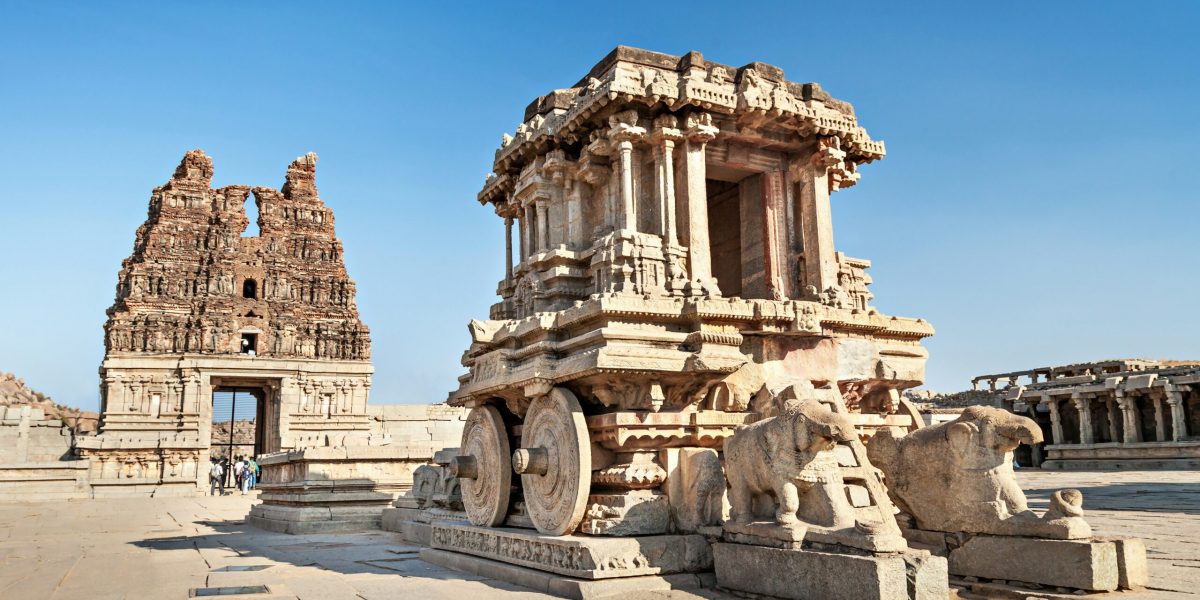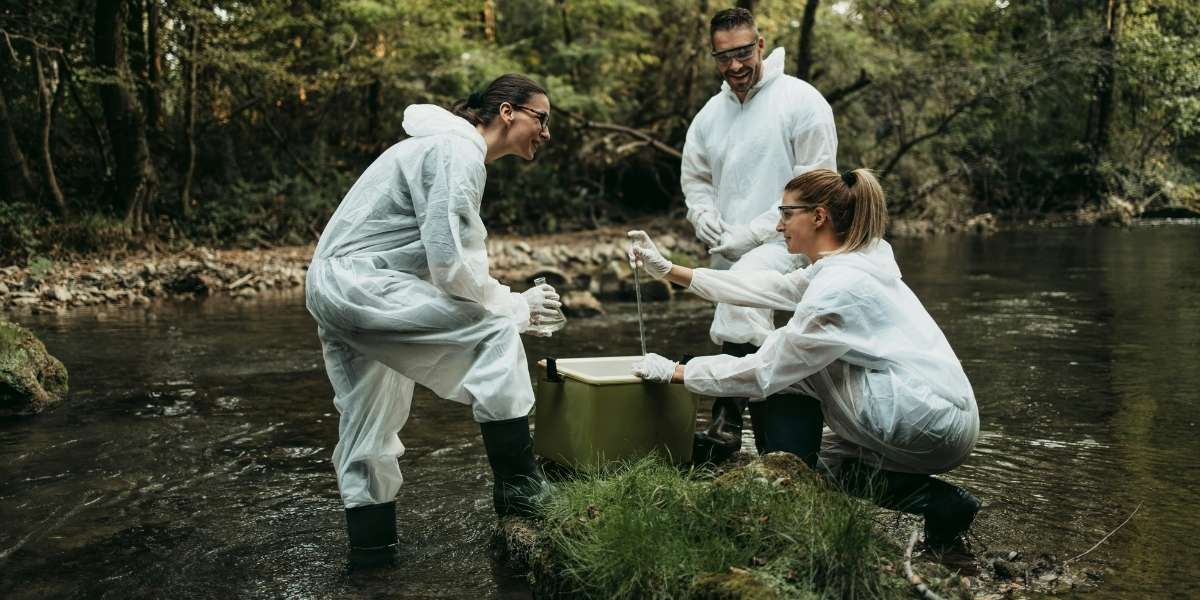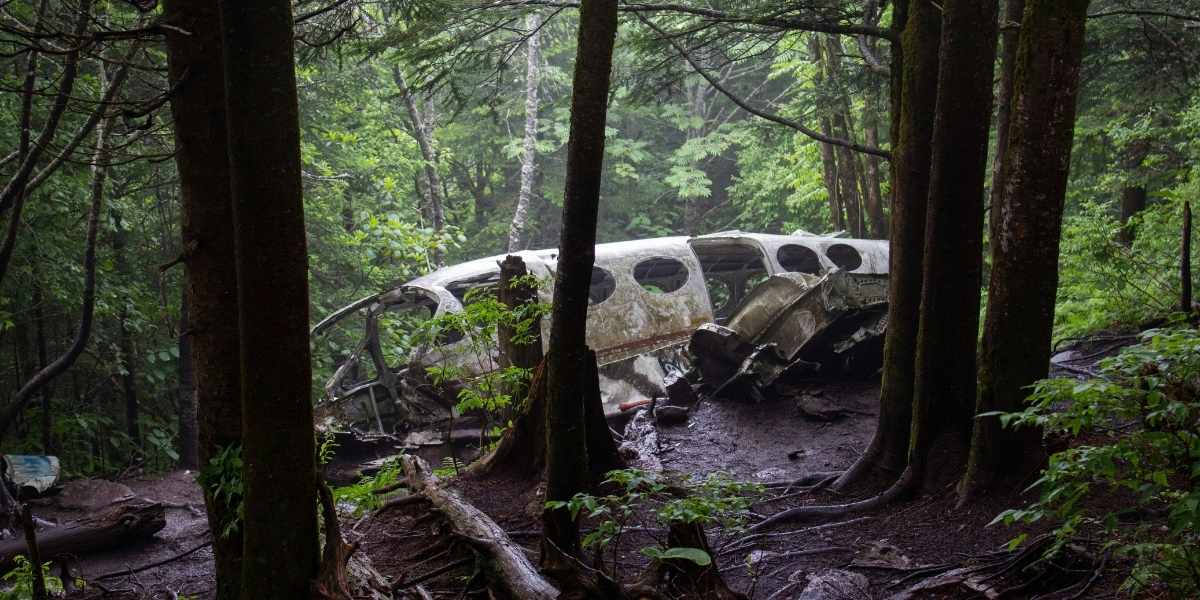Archaeology serves as a gateway to understanding the stories of ancient human societies, their cultures, and the lives they led. By studying artifacts, excavation sites, and material remains, archaeologists unlock clues to civilizations that existed long before written records. Through this discipline, we uncover the secrets of how societies thrived, evolved, and sometimes disappeared, all while drawing connections between the past and our modern world.
What is Archaeology, and Why Does it Matter?
At its core, archaeology is the study of human history through the analysis of physical evidence left behind by past cultures. Unlike historians who often rely on written documents, archaeologists focus on tangible objects, such as tools, pottery, bones, and structures. These discoveries help fill the gaps in our understanding, especially for societies that lacked written records.
The significance of archaeology goes beyond mere curiosity about the past. By examining how earlier civilizations lived and interacted with their environment, we gain insights into how human behavior has evolved over time. This understanding can help us navigate challenges in the present, such as environmental sustainability, resource management, and social organization. Archaeology bridges the past and present, showing us that while societies may differ in their contexts, many of their challenges and solutions remain timeless.
How Do Archaeologists Uncover Hidden Histories?
The work of an archaeologist is part science, part detective work, and part art. Excavation is the most iconic aspect of archaeology, often depicted in popular media as dusty digs in exotic locations. However, the process is much more methodical than it appears.
Before excavation begins, archaeologists conduct extensive research. They use surveying techniques, satellite imagery, and ground-penetrating radar to identify promising sites. Once a site is selected, careful excavation begins, layer by layer. This deliberate process ensures that every artifact and feature is recorded in its original context, as even small details can reveal critical insights.
Take, for example, the discovery of Pompeii. The volcanic eruption that buried the ancient Roman city in 79 CE preserved its structures and everyday items almost perfectly. Through meticulous excavation, archaeologists have been able to reconstruct daily life in Pompeii, providing a vivid snapshot of Roman society. Such discoveries offer more than artifacts—they offer windows into lives lived thousands of years ago.
Once artifacts are uncovered, they undergo analysis. This may include carbon dating, chemical composition studies, or even microscopic analysis of residues left on tools. These methods allow archaeologists to determine the age, origin, and purpose of an artifact, piecing together the broader narrative of the site.
What Do Archaeological Discoveries Tell Us About Human Civilization?
From the earliest tools crafted by prehistoric humans to the sprawling cities of ancient empires, archaeology has uncovered some of the most profound milestones in human history. Each discovery adds a piece to the puzzle of how humanity has developed over millennia.
For instance, the unearthing of the Rosetta Stone was a game-changing moment in archaeology. Found in 1799, this inscribed slab provided the key to decoding Egyptian hieroglyphs. Its discovery opened the door to understanding one of the world’s most enigmatic ancient cultures. Similarly, the excavation of Machu Picchu in Peru revealed not only the architectural brilliance of the Inca civilization but also their sophisticated agricultural practices and spiritual beliefs.
Closer to home, Native American sites across North America highlight the ingenuity of indigenous cultures. Excavations of mound-building societies like the Mississippian culture reveal complex trade networks, ceremonial practices, and advanced urban planning that rivaled those of their contemporaries in Europe and Asia.
Archaeology also tells stories of resilience and adaptation. Studies of ancient drought-stricken regions, such as the Mayan lowlands, show how societies developed innovative solutions to environmental challenges. Yet, they also serve as cautionary tales, illustrating how unsustainable practices or external pressures can lead to societal collapse.
How Does Modern Technology Enhance Archaeology?
Advances in technology have revolutionized the field of archaeology, allowing researchers to uncover more without disturbing fragile sites. Techniques like LiDAR (Light Detection and Ranging) have enabled archaeologists to map hidden structures beneath dense vegetation. For example, LiDAR scans in Guatemala revealed previously unknown aspects of the ancient Maya civilization, including vast urban networks and sophisticated infrastructure.
Similarly, DNA analysis has added a new dimension to archaeological research. By examining ancient remains, scientists can trace human migration patterns, uncover relationships between populations, and even identify causes of death. The recent sequencing of Neanderthal DNA has shed light on how our ancient cousins lived and interacted with early humans.
Virtual reality (VR) and digital reconstruction have also become valuable tools. These technologies allow researchers and the public to experience archaeological sites as they once were, bringing ancient worlds to life. For instance, VR tours of Stonehenge provide insights into how the iconic monument may have been constructed and used, making archaeology more accessible to people of all ages.
Why Does Archaeology Resonate Across Cultures?
Archaeology holds a universal appeal because it speaks to something deeply human: the desire to understand our origins. Across cultures, archaeological findings celebrate shared human achievements while honoring the diversity of traditions and innovations that define civilizations.
The preservation and study of archaeological sites also foster cultural pride and identity. For example, the restoration of Angkor Wat in Cambodia has become a symbol of national heritage and a draw for global visitors. Similarly, the careful excavation and protection of indigenous sites in Australia have helped amplify Aboriginal voices and stories.
Archaeology isn’t just about looking back—it’s about learning forward. The lessons drawn from ancient practices, such as sustainable farming or conflict resolution, remain relevant today. Archaeology helps us see the connections between people, past and present, fostering a deeper appreciation for the world we share.














